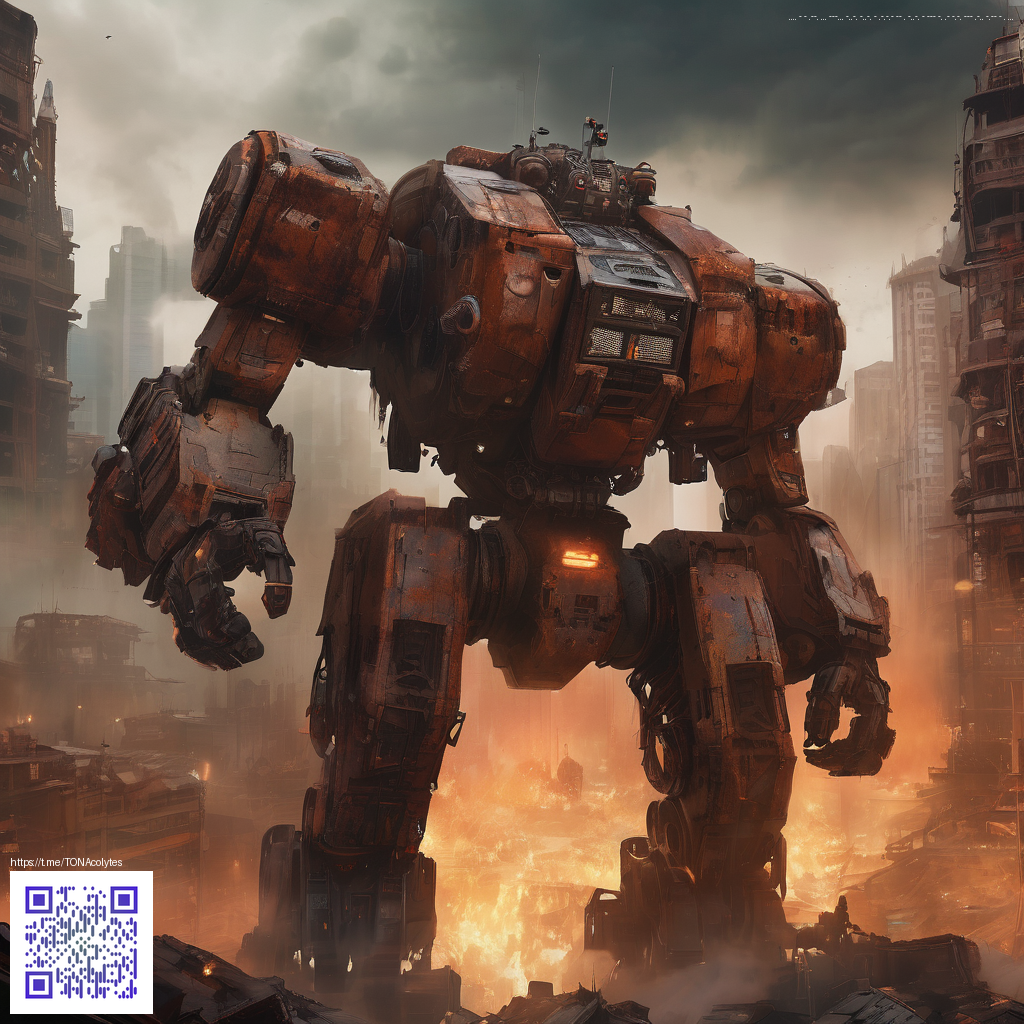
Crafting Unique Digital Paper with AI Denoising: A Practical Guide
Digital paper is more than a pretty texture. It’s a tactile illusion: the way light catches a fiber, the subtle grain that whispers of handmade origins, and the unique imperfections that make a design feel alive. When you combine traditional print sensibilities with modern AI tools, you can create digital paper assets that look unmistakably original. A key technique in this process is AI denoising, a method that cleans up unwanted digital noise while preserving the intentional character of your texture. The result is a clean yet expressive surface that works across screens, prints, and overlays in your artwork.
Think of AI denoising as a careful sculptor for texture. It’s not about erasing all texture or turning everything into a perfectly smooth surface; it’s about guiding a model to distinguish between noise—random speckles or sensor artifacts—and grain or fiber patterns that contribute to character. When done well, denoising removes the distracting speckles from a scanned or generated texture, but keeps the natural variations that give digital paper its sense of depth. The best results come from controlled, iterative passes that respect the intent of the craft rather than overwriting it with a generic polish.
“The magic happens when you let a denoiser preserve the storytelling of texture—the tiny irregularities that let a viewer feel the paper’s presence without being overwhelmed by noise.”
What AI denoising adds to your digital paper toolkit
AI denoising is not a single trick; it’s a workflow that blends scientific precision with artistic judgment. When applied thoughtfully, it helps you:
- Retain organic grain and micro-patterns that sell the illusion of real paper
- Eliminate disruptive sensor noise while keeping intentional imperfections
- Improve consistency across variations of the same texture, enabling batch production
- Maintain color and tonal relationships so the texture sits well in composites
- Preserve resolution without introducing blur that erodes detail
In practice, you’ll start with a base texture, either captured by scanning a physical sheet or generated with algorithms that simulate fibers and grain. The denoise step is then tuned to remove stray specks without softening edges that convey texture. It’s often followed by a light pass of sharpening or contrast adjustment to ensure the texture remains lively. The goal is a surface you can trust for visual depth, whether it’s used as a digital background, a UI panel, or a print-ready layer.
Practical workflow for unique textures
- Source material: begin with a high-resolution texture—scan a sheet, photograph a surface, or generate a synthetic base that matches your design language.
- Denoise with intent: apply AI denoising with a gentle strength; target only the stray noise while preserving crisp fiber edges and micro-edges that define the texture.
- Texture blending: layer the denoised texture with subtle color shifts or filmic grain to enrich depth and cohesion with your project.
- Color and tone: adjust curves or color grading to harmonize the texture with overall artwork, ensuring it remains legible on different displays.
- Export considerations: save in multiple formats and resolutions, keeping a master file for future iterations.
For designers exploring practical applications, a quick on-the-go preview can be invaluable. Consider testing your textures on a portable display using the Phone Click-On Grip Portable Phone Holder Kickstand—it's a simple way to see how a texture reads on a mobile screen in real time. You can review the product page here to understand how such devices support mobile-proofing workflows.
To connect your exploration with a broader context, you can browse a related collection at this page: https://100-vault.zero-static.xyz/83cab0d2.html. The ideas there mirror the spirit of AI-assisted texture creation, offering additional perspectives on how denoised digital papers can live across media and formats.
Design considerations for denoised textures
- Respect licensing and training data when using AI models to generate textures.
- Avoid over-smoothing; the best digital paper keeps a living, tactile edge.
- Document your workflow so your results are reproducible for clients or collaborators.
- Balance consistency with uniqueness—each texture should tell its own story while fitting the project’s mood.
The essence of digital paper lies in the balance between clarity and character. AI denoising is a powerful ally in achieving that balance, enabling you to craft surfaces that feel both fresh and familiar. As you blend materials, lighting, and denoising strategies, your textures become more than decoration—they become authentic parts of the narrative you’re building in your design space.